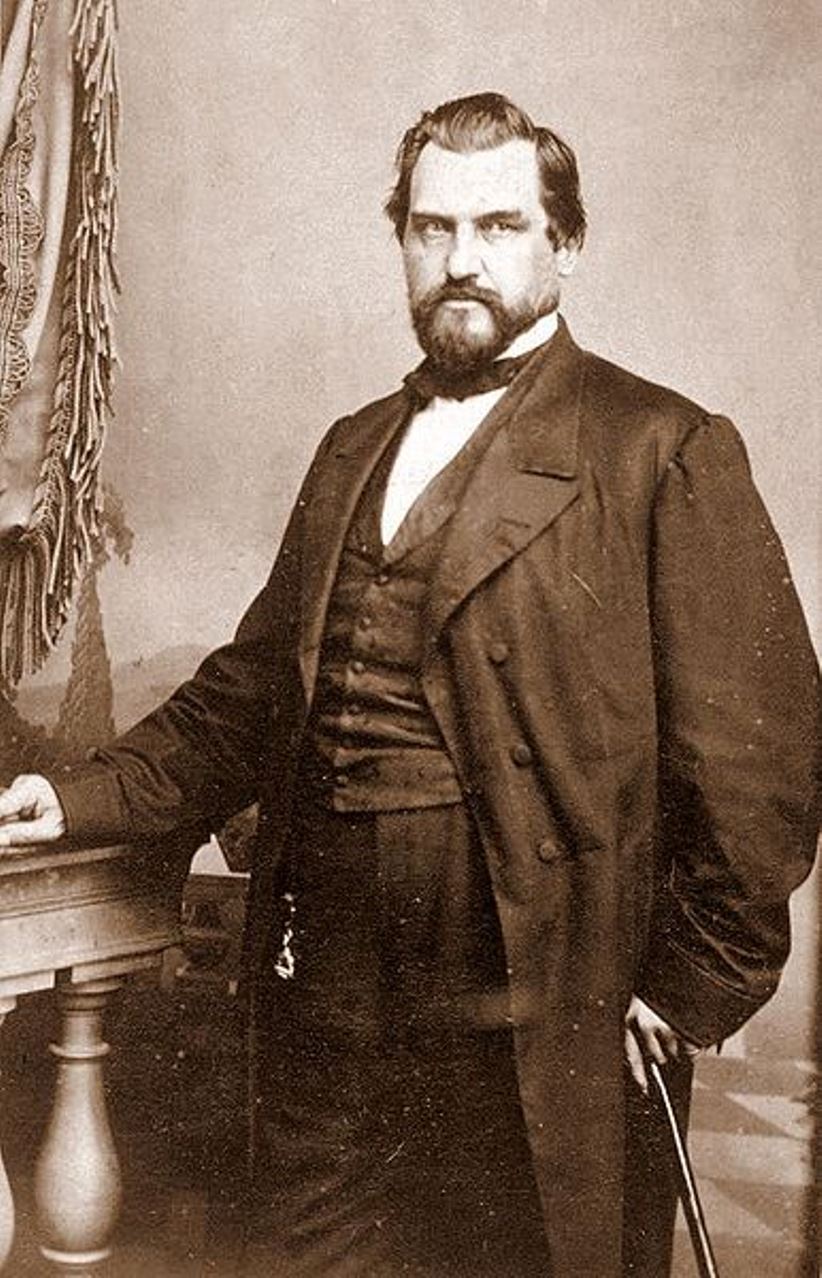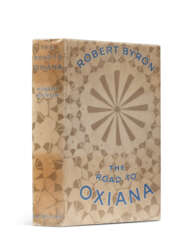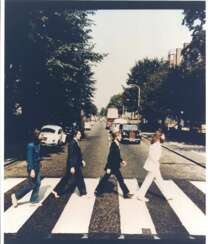road



Abraham Lincoln was an American statesman and politician, the 16th President of the United States (March 4, 1861 - April 15, 1865).
The son of a frontiersman and a Kentucky farmer, Lincoln worked hard from an early age and struggled to learn. He was a militiaman in the Indian War, practiced law, and sat in the Illinois legislature for eight years. He was an opponent of slavery and gradually gained a national reputation that earned him victory in the 1860 presidential election.
After becoming the 16th president of the United States, Abraham Lincoln turned the Republican Party into a strong national organization. In addition, he drew most Northern Democrats to the Union side. On January 1, 1863, he issued the Emancipation Proclamation, which declared permanently free those slaves who were in Confederate territory. Lincoln considered secession illegal and was prepared to use force to defend federal law and the Union. Four more slave states joined the Confederacy, but four remained in the Union, and the Civil War of 1861-1865 began.
Lincoln personally directed the military action that led to victory over the Confederacy. Abraham Lincoln was reelected in 1864, and on April 14, 1865, he was fatally shot at Ford's Theatre in Washington, D.C. by actor John Wilkes Booth.
Abraham Lincoln is a national hero of the American people, he is considered one of the best and most famous presidents of the United States until today.


Amasa Leland Stanford was an American politician, industrialist and entrepreneur, and founder of Stanford University.
Born into a wealthy family, Stanford earned a law degree and practiced law in Wisconsin, and soon built a lucrative business selling mining equipment in northern California. And of course he became involved in politics, first as a justice of the peace and in 1861 was elected governor of California, but he didn't move away from business either.
As a member of the "Big Four" of the Central Pacific Railroad (CPRR), he was involved in planning the eastern section of the transcontinental railroad and helped secure major public investments and land grants for the railroad project. In 1863, Stanford became president of the Central Pacific Railroad and held that position for the rest of his life. He was also president of the Southern Pacific Railroad (which was acquired by the CPRR) and owned many of the construction companies that built the railroad. At the same time, he served in the U.S. Senate from 1885.
In 1891, he and his wife Jane Stanford founded Leland Stanford Junior University in memory of their only child, Leland Stanford, Jr. who died in his teens of typhoid fever during a trip to Italy.


Nathaniel Hawthorne is an American writer and author.
Hawthorne is a recognized short story writer and a master of allegorical and symbolic narrative. One of the first fiction writers in American literature, he is best known for his works The Scarlet Letter (1850) and The House of Seven Gables (1851). Hawthorne's artistic works are considered part of the American Romantic movement and, in particular, of so-called dark Romanticism, a popular mid-19th-century fascination with the irrational, the demonic, and the grotesque.








Abraham Lincoln was an American statesman and politician, the 16th President of the United States (March 4, 1861 - April 15, 1865).
The son of a frontiersman and a Kentucky farmer, Lincoln worked hard from an early age and struggled to learn. He was a militiaman in the Indian War, practiced law, and sat in the Illinois legislature for eight years. He was an opponent of slavery and gradually gained a national reputation that earned him victory in the 1860 presidential election.
After becoming the 16th president of the United States, Abraham Lincoln turned the Republican Party into a strong national organization. In addition, he drew most Northern Democrats to the Union side. On January 1, 1863, he issued the Emancipation Proclamation, which declared permanently free those slaves who were in Confederate territory. Lincoln considered secession illegal and was prepared to use force to defend federal law and the Union. Four more slave states joined the Confederacy, but four remained in the Union, and the Civil War of 1861-1865 began.
Lincoln personally directed the military action that led to victory over the Confederacy. Abraham Lincoln was reelected in 1864, and on April 14, 1865, he was fatally shot at Ford's Theatre in Washington, D.C. by actor John Wilkes Booth.
Abraham Lincoln is a national hero of the American people, he is considered one of the best and most famous presidents of the United States until today.




Rosemarie Trockel is a German conceptual artist. She has made drawings, paintings, sculptures, videos and installations, and has worked in mixed media. From 1985, she made pictures using knitting-machines.




William Glen Crooks, an American neorealist painter, has carved a niche for himself with his unique approach to landscape and urban scene painting. Unlike traditional representations, Crooks' works omit human figures, substituting them with vehicles to embody human traits and emotions. His approach to capturing the essence of city and small-town life through this lens has garnered attention for its depth and thoughtfulness. William Glen Crooks' dedication to his craft began at a young age, evolving from drawing comics to a self-taught mastery in representational painting, driven by a passion to defy the norms of modernism that dominated his formative years. His self-imposed rigorous practice of drawing laid the foundation for his distinctive style.
William Glen Crooks' work has been the subject of several exhibitions, including a notable showcase at the Oceanside Museum of Art (OMA). The exhibition, "The Point of View," marked his first museum exhibition and featured twenty-three paintings that spanned over twenty-five years. These works emphasize cityscapes, nostalgic urban scenery, and expansive landscapes, illustrating Crooks' ability to translate everyday scenes into compelling narratives. His paintings are celebrated for their illumination of light and shadow, transforming landscapes into metaphors that reflect his perceptions of the natural world.
His technique and subject matter draw inspiration from a blend of influences, including the landscape painters of the 1800s, Edward Hopper's narrative style, Mark Rothko's color fields, Wolf Kahn's liberating techniques, and John Frederick Kensett's luminism. This eclectic mix has allowed William Glen Crooks to explore the opacity of light and transparency of shadow in a way that brings a fresh perspective to the landscape genre, making his work resonate with a contemporary audience while retaining a timeless quality.
For collectors and experts in art and antiques, William Glen Crooks offers a unique investment in the realm of contemporary realism. His paintings invite viewers to explore the subtle interplay of light, shadow, and form, capturing the quiet moments of daily life with a profound depth and sensitivity.
To stay updated on William Glen Crooks' latest works and exhibitions, signing up for newsletters from galleries and museums that feature his work, such as the Oceanside Museum of Art, is recommended. This subscription will ensure that enthusiasts are always informed about new sales, auction events, and showcases related to Crooks' evolving portfolio.








































































